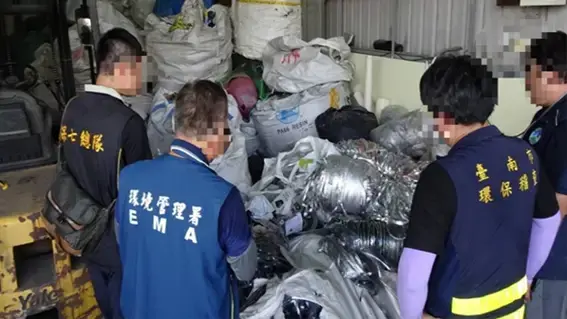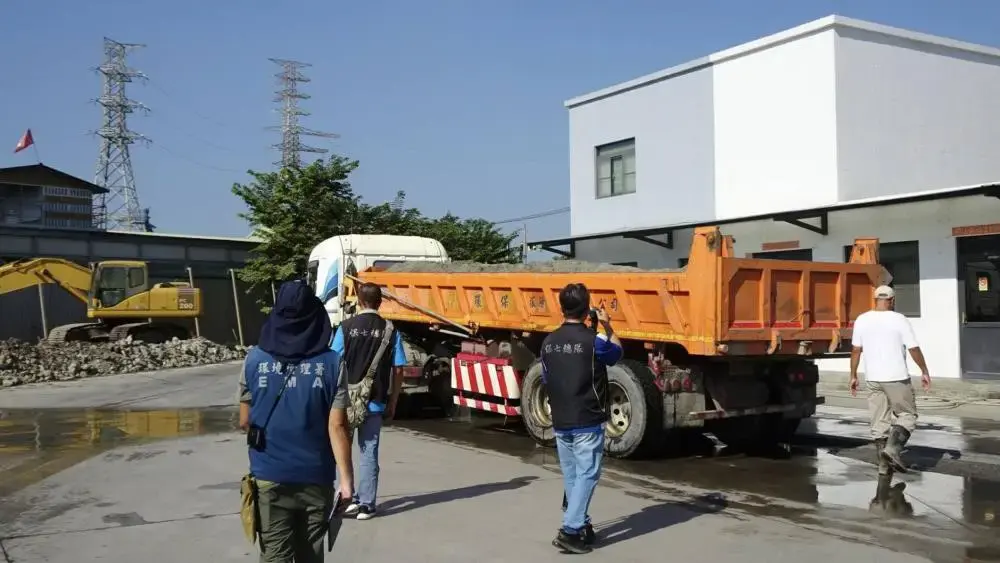 Illegal Waste Dumping Management
Illegal Waste Dumping Management
Improve various control measures by reinforcing waste tracking and source tracing and by creating a collaborative mechanism between environmental protection authorities, prosecutors, and police, all in conjunction with amendments to the Waste Disposal Act, so that environmental crimes can be prevented. This helps maintain environmental quality and achieve environmental justice.
Smart law enforcement to enhance investigative capacityCreate an illegal dumping risk map that uses buffer analysis to identify abnormal GPS tracks of waste disposal vehicles and provides smart-fence alerts. Illegal dumping investigations are enhanced by combining these tools with satellite imagery to cross-check changes over time at suspected illegal dumping sites. This is supported by UAV surveillance, while the entire process is technologically monitored, particularly for the inter-regional movement and final disposal of construction waste. This helps prevent the illegal transfer of waste between regions.
Future outlookThrough a collaborative platform linking environmental authorities, prosecutors, and police, law enforcement capabilities are continually improved and environmental crimes are vigorously combated, reducing illegal dumping at sites listed for supervision in the Waste Dumping Management System (WDMS). By using the dumping risk map for smart audits and integrating local environmental authorities’ roadside inspection mechanisms, suspicious dumping cases can be identified early and regional environmental quality can be safeguarded.



- Data Source: Southern Center of Environmental Management
- Publish Date: 2024-12-13
- Update Date: 2025-11-26

 Related Topics
Related Topics






